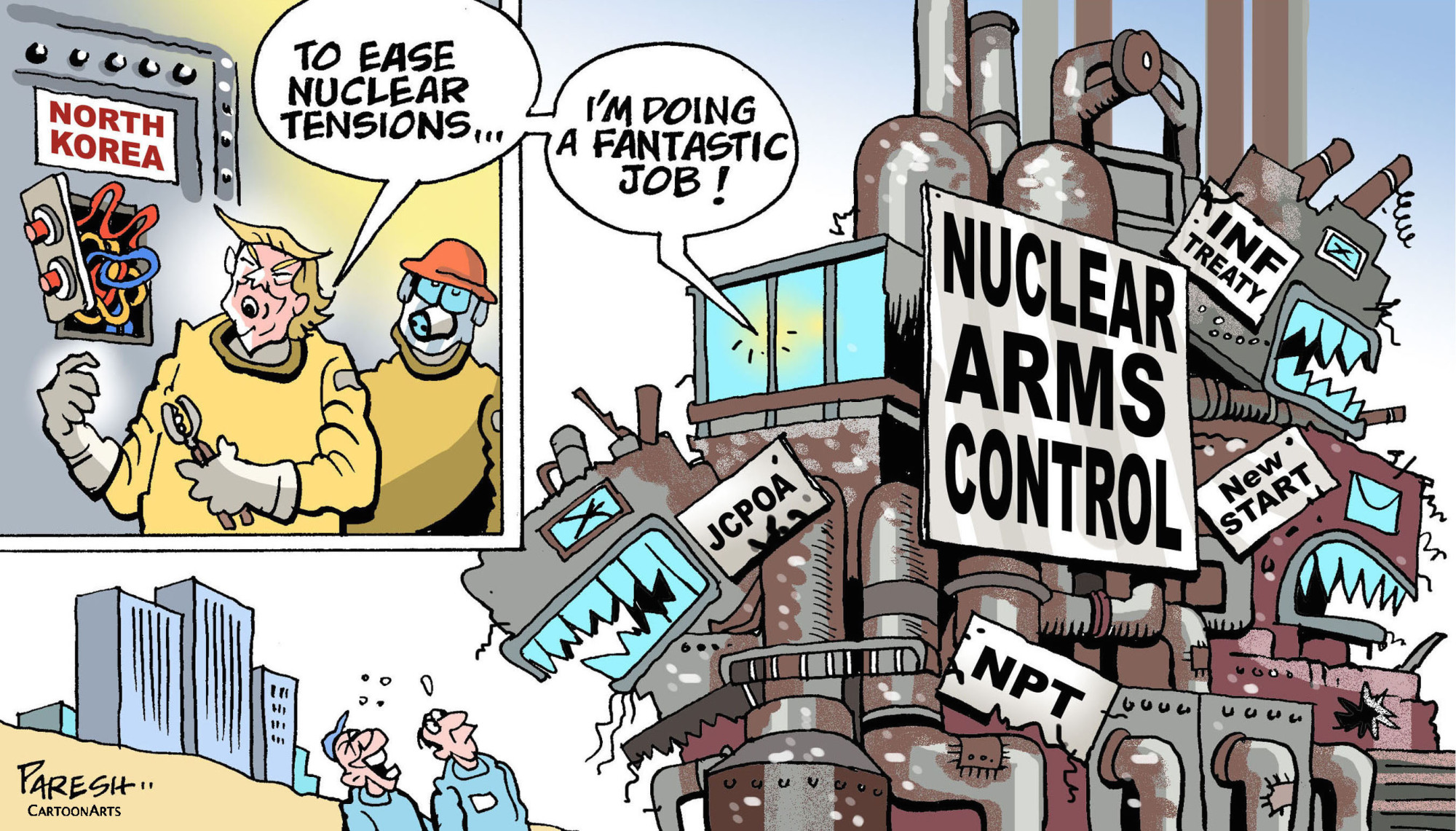For those who worried about the risk of the Cold War ending in catastrophe, the early to mid-1980s were the most alarming period since the 1962 Cuban missile crisis.
On both sides of the Iron Curtain, paranoia and alarm about the adversary's intentions was the order of the day. The United States and the Soviet Union were both deploying a new generation of medium-range nuclear rockets that experts worried could make it easier for a limited atomic war to escalate out of control.
The result, after almost a decade of diplomacy, was the 1987 Intermediate-Range Nuclear Forces Treaty, which culled an entire generation of missiles with a range of 500 to 5,500 km. It forced Moscow and Washington to rely on longer-range ballistic missiles and air-launched weaponry to maintain their nuclear "balance of terror," making it easier for each side to track each other's actions and get early warning of an attack.



















With your current subscription plan you can comment on stories. However, before writing your first comment, please create a display name in the Profile section of your subscriber account page.